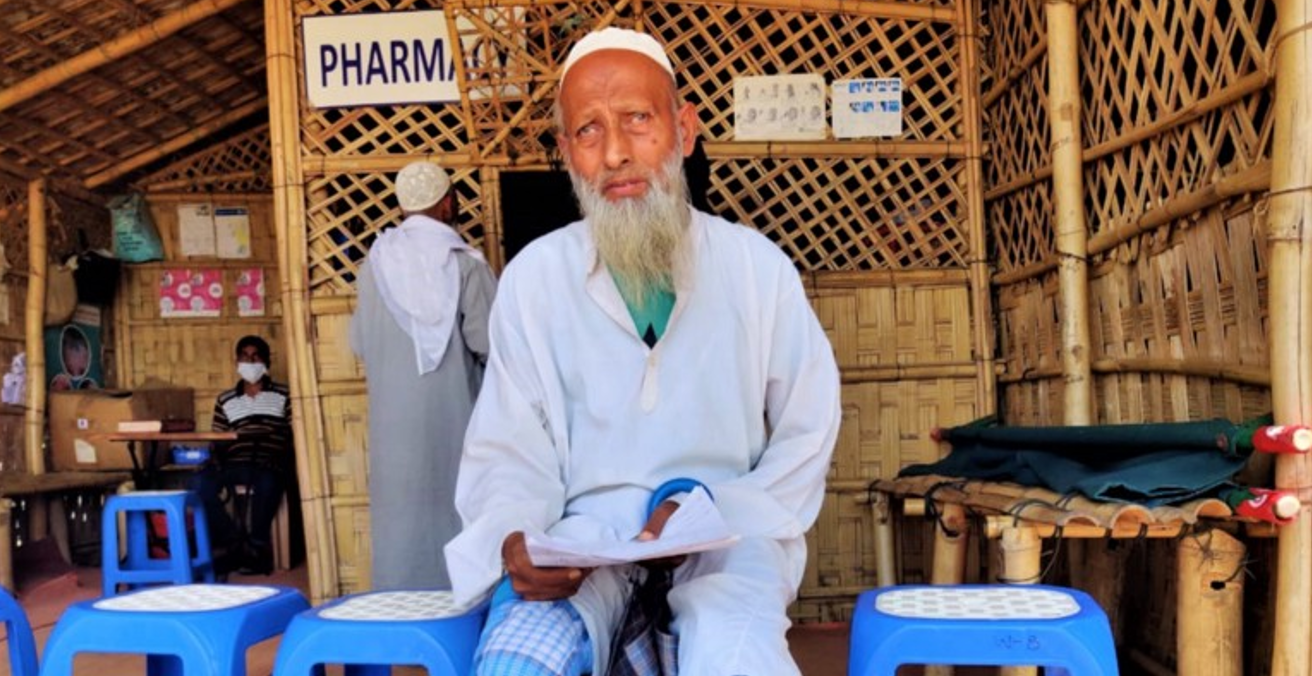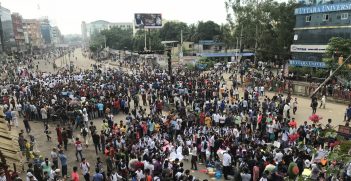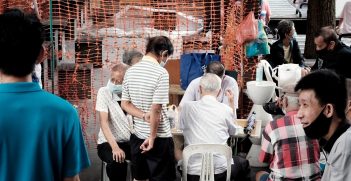How Do You Socially Distance in the World’s Largest Refugee Camp?

The Rohingya refugee camps in Cox’s Bazar, Bangladesh are overcrowded, cramped, and unhygienic. They provide a sobering look into how the COVID-19 pandemic will hit the world’s most vulnerable.
The Rohingya Nayapara and Kutupalong camps form what is known as the “mega-camp,” the largest refugee camp in the world. With 859,000 inhabitants, the mega-camp’s population is roughly that of San Francisco. Healthcare workers find it incredibly challenging to stop the spread of diseases at the best of times in the Rohingya camps. With the confirmation of the first COVID-19 cases in Cox’s Bazar on the 24th of March, spread of the virus is inevitable.
Thousands of people could die. With roughly six to nine family members living together in each makeshift shelter, which is roughly the size of a campervan, the concept of social distancing, let alone social isolation, is out of the question. The odds of a somewhat “successful” response to the COVID-19 pandemic are further diminished, when you consider that the Bangladesh government has kept in place the internet and mobile network ban on the entire Rohingya mega-camp. This is despite calls from international organisations and rights groups, including the European Rohingya Council and Fortify Rights, for the government to lift the ban due to the pandemic. With the ban lifted, the Rohingya population would be able to receive vital information and news concerning the novel virus and take informed measures to slow its inevitable spread.
Despite many observers having stated optimistically that, “at least most people in the camp are children and young adults,” the “small” number of elderly residents they are talking about is shocking. According to the UNHCR, four percent of the Rohingya camps’ population are elderly. This “small” percentage equates to roughly 34,000 people. Not to mention, 0.3 percent of those in the camp have a serious medical condition, totalling around 2600 people. This means that the Rohingya refugee camps in Cox’s Bazar have around 37,000 refugees who will be highly vulnerable to the disease should they contract it. In an overpopulated and sprawling refugee camp with the perfect conditions for COVID-19 to spread like wildfire, 37,000 people highly vulnerable to the virus is an absolutely terrifying prospect.
The camp is poorly prepared. The measures that have been taken include restricting those who are officially allowed in and out of the camp to necessary aid workers, having around 400 isolation beds, a community health-worker campaign to spread awareness about the virus, and halting all non-emergency or essential services and programming. The actions of the government of Bangladesh are somewhat commendable, especially considering the extremely challenging nature of what they are dealing with. However, it is too little too late. The porous nature of the camp borders has not been dealt with, meaning that Rohingya and host community members continue to enter and exit the camp unofficially each day. The aid workers who have continued to enter the camp to provide essential services return daily to the Cox’s Bazar city centre, where the virus has a confirmed presence. Misinformation about the virus is rife, with access to information restricted by the 3G and 4G network ban. And only 400 isolation beds for a camp of over 850,000 people is a scary thought.
It is a horrifying combination of both a humanitarian refugee crisis and a public health disaster. At this moment, it is important to reflect on the profound inequalities that exist in our world to permit such atrocities to occur. A course of action that individuals should pursue, should they wish to assist those who will shortly be dealing with a coronavirus tsunami in the Rohingya camps, is to research and donate to agencies providing emergency health services to the Rohingya community at this very moment.
The impending disaster that is about to hit the Rohingya camps will serve to illuminate the glaring inequalities of our world. While in industrialized nations we are staying inside our homes and reading up-to-the-minute news headlines on our phones and computers, in the most vulnerable and overpopulated refugee camps, slums, and shanty towns of our planet, the human cost of the novel coronavirus will be infinitely, unimaginably, much higher.
Dayna Santana is a consultant with OBAT Helpers Inc., an NGO providing aid to Rohingya refugees in Bangladesh. She completed a Master of Peace and Conflict Studies at the University of Sydney. Dayna is a former intern of AIIA NSW.
This article is published under a Creative Commons Licence and may be republished with attribution.





